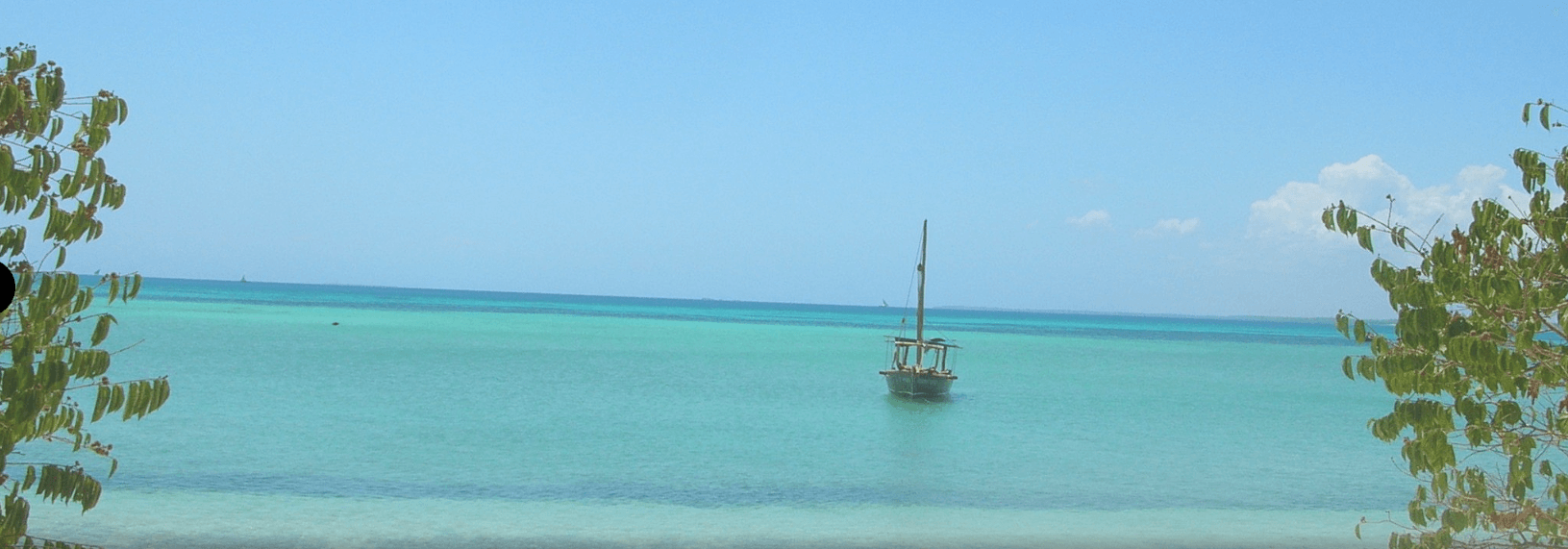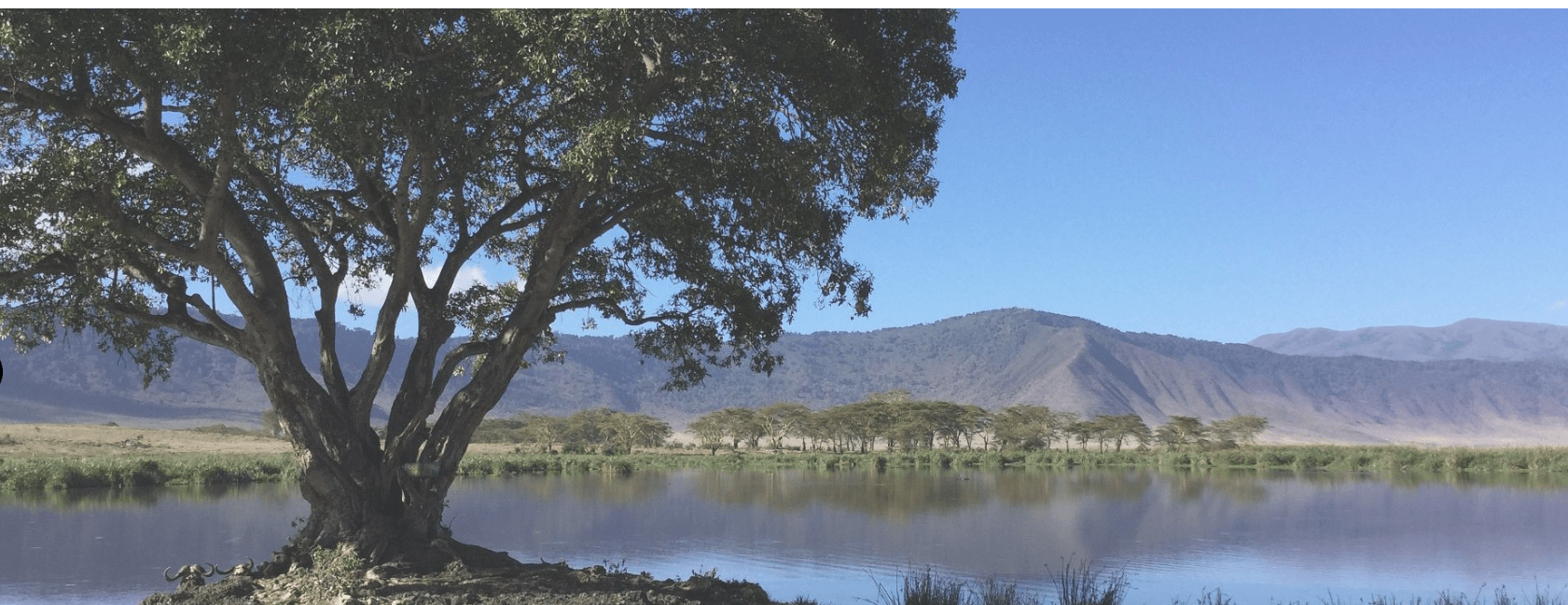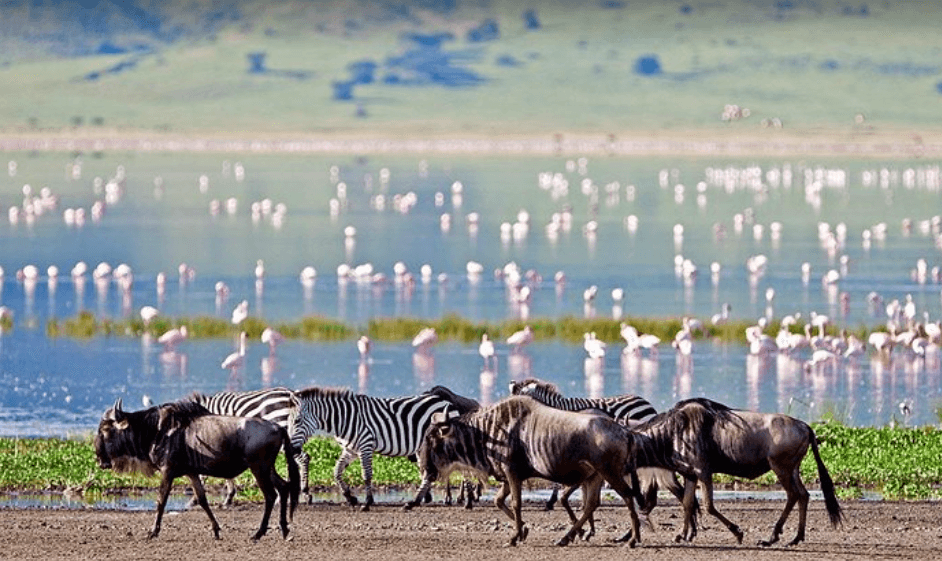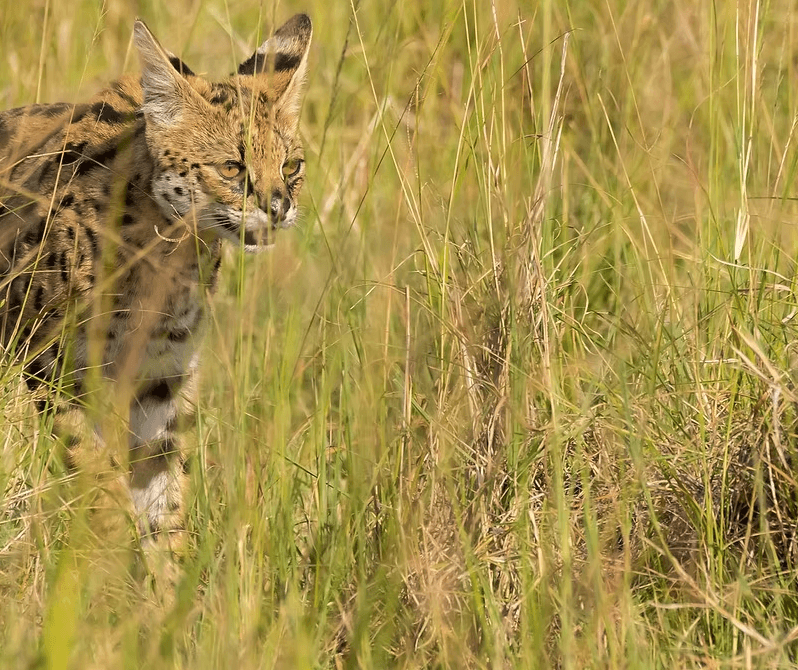Gorilla Trekking in Rwanda
Gorilla Trekking in Rwanda: A Life-Changing Experience in the Heart of Africa
Gorilla trekking in Rwanda is one of the most remarkable wildlife experiences on Earth. It allows travellers to observe endangered mountain gorillas in their natural environment. Nestled within the misty slopes of Volcanoes National Park, this adventure combines breathtaking landscapes, rich biodiversity, and a deep commitment to conservation.
Introduction to Gorilla Trekking in Rwanda
Rwanda, famously known as the “Land of a Thousand Hills”, offers more than just scenic beauty. It is one of only three countries in the world where mountain gorillas still survive. Gorilla trekking is not only a bucket-list adventure but also a key driver of eco-tourism and conservation efforts in the country.
Why Choose Rwanda for Gorilla Trekking?
Accessibility and Infrastructure
Rwanda is easily accessible through Kigali International Airport. From Kigali, it takes just 2–3 hours to reach Volcanoes National Park. The roads are paved and well-maintained, making Rwanda a convenient choice for gorilla trekking compared to Uganda or the Democratic Republic of Congo.
Security and Political Stability
Thanks to Rwanda’s focus on safety and tourism, visitors enjoy a peaceful experience. The government’s commitment to wildlife protection ensures a secure trekking environment for all.
Conservation Success Story
Rwanda has successfully linked tourism to conservation. Every permit purchased contributes directly to gorilla protection, local communities, and park maintenance.
Where Gorilla Trekking Takes Place in Rwanda
Volcanoes National Park
Located in the northern part of the country, Volcanoes National Park is home to over 12 habituated gorilla families. The park is part of the greater Virunga Conservation Area that stretches across Rwanda, Uganda, and the DRC.
The Park’s Unique Terrain
The park is characterised by lush rainforests, bamboo forests, and five volcanic peaks—Karisimbi, Bisoke, Sabinyo, Gahinga, and Muhabura. This varied terrain makes the trek both scenic and challenging.
The Gorilla Trekking Experience
What to Expect on the Day
Your day begins early. By 7:00 AM, trekkers gather at the Kinigi headquarters for a briefing. Here, guides provide safety information and assign trekking groups based on fitness levels and preferences.
Duration of the Trek
The trek can last anywhere from 30 minutes to 6 hours, depending on the location of your assigned gorilla family. Once you locate the gorillas, you are allowed one hour in their presence.
The Gorilla Encounter
Watching a silverback lead his family, witnessing playful juveniles, or observing mothers cradling their infants is a moving and unforgettable experience. Visitors must keep a 7-metre distance and follow all conservation rules to protect these primates from human-transmitted diseases.
How Much Does Gorilla Trekking Cost in Rwanda?
Gorilla Permit Prices
As of 2025, a gorilla trekking permit in Rwanda costs:
-
$1,500 for Foreign Non-Residents
-
$500 for Foreign Residents in Rwanda
-
$500 for African Citizens
-
$200 for East African Citizens (including Rwandans)
Why the High Cost?
Though expensive, the fee helps fund conservation, ranger salaries, and community development projects. A portion also supports healthcare, education, and infrastructure in the communities around Volcanoes National Park.
Best Time for Gorilla Trekking in Rwanda
Dry Seasons: The Ideal Window
The best time for gorilla trekking is during Rwanda’s dry seasons:
-
June to September
-
December to February
During these months, trails are drier and more accessible. However, gorillas can be seen year-round, and the experience is always rewarding.
Wet Seasons: What to Consider
The wet months—March to May and October to November—see fewer tourists and lush green scenery. Treks during this time are more challenging due to muddy trails, but photographers often prefer the soft lighting.
How to Prepare for the Trek
Physical Fitness
Trekking involves hiking steep terrain at high altitudes. While you don’t need to be an athlete, a reasonable level of fitness will make your experience more enjoyable.
Essential Packing List
-
Waterproof hiking boots
-
Long-sleeved shirts and trousers
-
Lightweight rain jacket
-
Gloves (to protect your hands from nettles)
-
Camera with no flash
-
Energy snacks and water
Health and Safety
Visitors must be free of infectious diseases. Carry insect repellent and ensure your vaccinations are up to date. If you’re feeling unwell, inform your guide to avoid endangering the gorillas.
Accommodations Near Volcanoes National Park
Luxury Lodges
-
Bisate Lodge – Offers eco-luxury in forested hills with stunning views.
-
Sabyinyo Silverback Lodge – Known for its comfort and support for local communities.
Mid-Range Options
-
Mountain Gorilla View Lodge – Popular for its affordability and proximity to park headquarters.
-
Le Bambou Gorilla Lodge – Combines comfort with eco-friendliness.
Budget Choices
-
Kinigi Guest House – A simple but convenient choice close to the park.
-
La Locanda – A budget-friendly stay with great meals and cultural warmth.
Community Involvement and Eco-Tourism
Supporting Local Communities
Rwanda’s model ensures that 10% of every permit fee goes directly to communities. This helps build schools, health centres, and water projects, reducing the likelihood of human-wildlife conflict.
Cultural Experiences
Extend your trip by visiting local villages, enjoying traditional Intore dances, or touring the Iby’iwacu Cultural Village. These experiences enrich your journey and foster cultural appreciation.
Responsible Gorilla Trekking Tips
Do’s and Don’ts
-
Do stay quiet and calm around the gorillas.
-
Do not make sudden movements or use flash photography.
-
Do follow your guide’s instructions at all times.
-
Do not eat or drink near the gorillas.
Respect the Environment
Leave no trace. Stay on trails and avoid touching plants. Every small action helps preserve this fragile ecosystem.
The Role of Dian Fossey in Gorilla Conservation
Dian Fossey’s Legacy
Volcanoes National Park was the base of Dian Fossey, a pioneering primatologist who dedicated her life to mountain gorilla protection. Her work at the Karisoke Research Centre laid the foundation for modern gorilla conservation.
Visit the Dian Fossey Tomb Trail
This half-day hike takes you to her tomb and research site. It offers a deeper understanding of her legacy and the challenges faced in protecting gorillas.
FAQs About Gorilla Trekking in Rwanda
How Many People Are Allowed Per Trek?
Only 8 visitors are allowed per gorilla group per day to minimise disturbance.
What Is the Minimum Age for Gorilla Trekking?
The minimum age is 15 years.
Is Gorilla Trekking Safe?
Yes. The treks are led by trained guides and armed rangers. Gorillas are habituated and peaceful if approached respectfully.
Can You Combine Gorilla Trekking with Other Tours?
Absolutely. Combine your gorilla trek with chimpanzee tracking in Nyungwe, game drives in Akagera National Park, or relaxation by Lake Kivu.
Why Gorilla Trekking in Rwanda Should Be on Your Bucket List
Gorilla trekking in Rwanda is more than a wildlife activity—it’s a profound journey into one of the last untouched corners of the world. You’re not only witnessing a rare species but also contributing to its survival. Every step you take through the forest tells a story of hope, conservation, and global cooperation.
If you’re seeking a meaningful travel experience, Rwanda awaits with open arms—and gorillas among the misty mountains.





